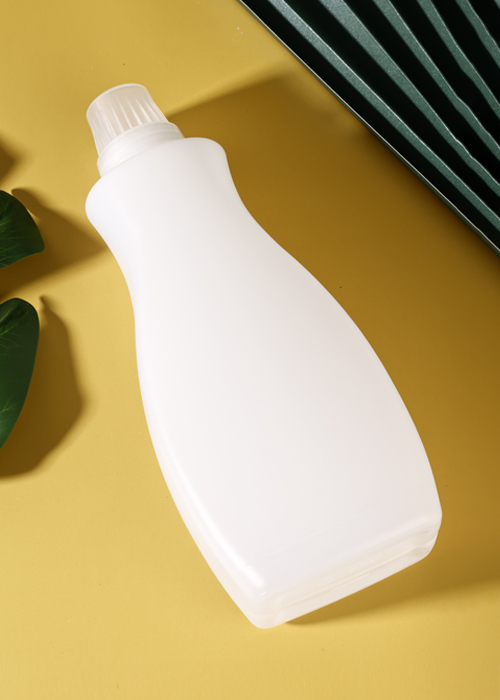Contrast is to use the different parts of a certain factor in the modeling to organize them together to produce a contrasting relationship of different degrees. The shape design of packaging container can be divided into several factors of contrast and harmony, such as line type, volume, space and texture.
1. Contrast and Harmony of Lines
Lines are the basic factor in the shaping of objects. The so-called line type in container design mainly refers to the outer contour of the shape, which constitutes the shape of the shape. The outline of the shape determines the basic shape of the shape, and the lines are divided into horizontal lines, vertical lines, arcs, and curves.
The line type can be divided into two categories: curve and straight line, but the changes are infinite. Each line type can represent an emotional factor, and the correct use of contrast and harmony is a key factor in styling.
A single line type without contrast makes people feel monotonous, and the two types of lines are organized together to pay attention to the master-slave relationship. The main line type is larger and more prominent than the important one, and the secondary line type should play an auxiliary role as a foil, so that the shape can be formed. Has a theme and a personality.
The line shape also directly affects the function of the product. For example, the line shape of the spout of the wine bottle will directly affect the flow rate and fixed point of the wine. A well-functioning teacup mouth has a subtle outward appearance, which are designed to conform to human tactile sensation and the nature of water flow.
2. Contrast and Harmony of Volume
Volume is the volume and weight of a shape. Line type is to use a plane vision to solve the contrast relationship between modeling contours, while volume is to use a three-dimensional vision to study the volume-sensing contrast relationship between volumes. The contrast of volume is an indispensable artistic means for modeling, and the proper use can highlight the volume and shape characteristics of the main part of the body, making it more distinctive and intriguing.
For example: the wine bottle type, in the treatment of volume, the body is shortened by shortening the mouth and neck, so that the volume of the short neck, the volume of the small bottom and the volume of the full belly form a strong contrast. There are also some shapes that use the method of repeating the main body, resulting in the contrast of the volume due to the disparity in size.
3. Contrast and Harmony of Space
Each entity needs a spatial location, and this space is called real space in modeling. There is also a virtual space in the shape, which refers to the space formed by some additional parts of the shape itself, such as: the lifting beam of the pot, the handle of the cup, the ears of the bottle, etc.
Spatial contrast refers to the contrast between virtual and real spaces. For shapes with additional components, more attention should be paid to the control of virtual and real spaces. When designing the container, the proportion and contrast between the real space and the virtual space should be considered, and it should not be overwhelming.
4. Contrast and Harmony of Texture
Texture can be divided into two types: visual and tactile. The artistic appeal of packaging container modeling is conveyed to our sensory system through the natural properties of materials such as light, color, and shape. Different objects have different textures, contrasts are: light and hair, light and dark, transparent and opaque, thick and thin, soft and hard, etc.
The ceramic, glass, metal, plastic and other materials in the packaging container modeling have different textures. The same material, through different processes of printing, grinding, polishing, glazing, stamping, engraving, corrosion, sandblasting, etc., can form ever-changing textures.
The use of new materials can strongly reflect a modern decorative effect in design. For example, on the main body of the glass model, metal, wood or plastic are partially used, which will produce a contrasting beauty of materials.
5. Contrast and Harmony of Colors
In modern design, the high-quality use of materials has become an important part, and the use of material colors has a great relationship with the rationality and artistry of container design.

 中文简体
中文简体 English
English عربى
عربى русский
русский









